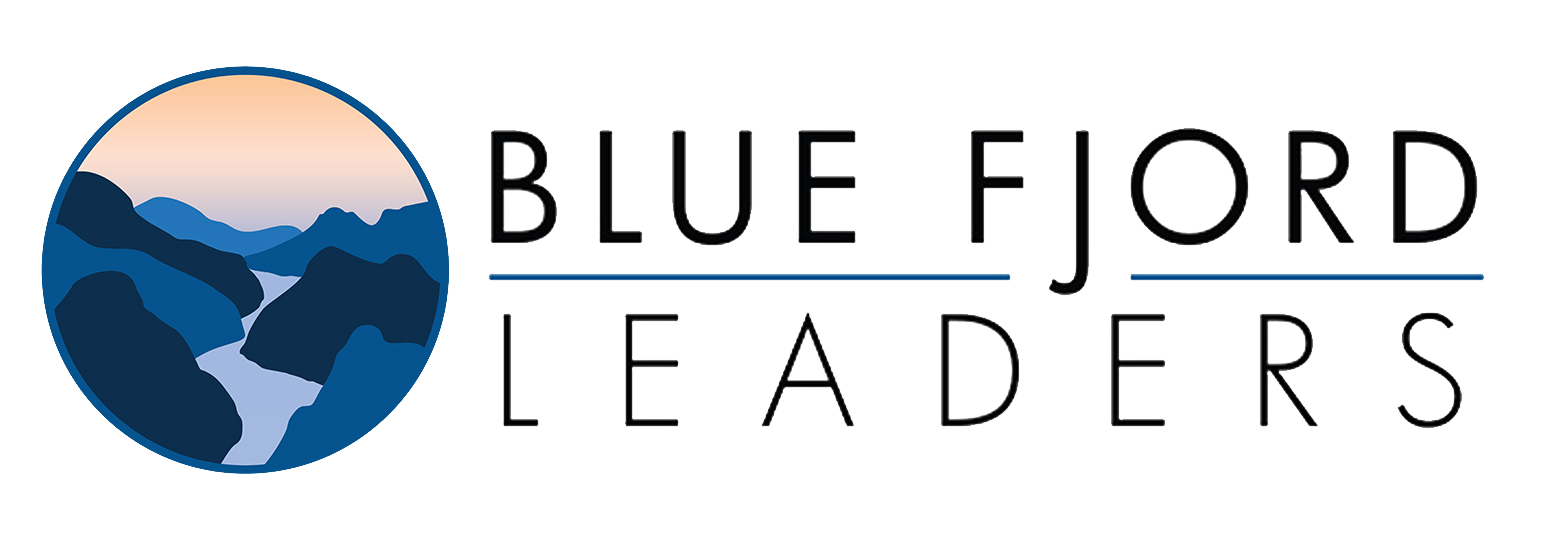
A one-size-fits-all communication strategy rarely works during change. Managers need to tailor messages to different audiences—because people hear and interpret information differently based on their roles, experiences, and concerns.
Know Your Audience
Consider who you’re talking to. Frontline employees may be concerned about workload or job security, while senior staff may focus on strategy and risk. Tailoring your message ensures relevance and engagement.
Use the Right Language
Avoid jargon with frontline staff. Be concise and clear. For more technical or senior audiences, provide data and deeper rationale behind decisions. Respect their need for detail without overwhelming them.
Channel Matters
Different audiences prefer different formats. A town hall might work well for broad updates, but department-specific meetings or team huddles allow for more nuanced discussions. Email may be efficient, but it shouldn’t replace face-to-face or video communication when empathy and connection are needed.
Timing Is Everything
Stagger communications if needed. For example, you might brief team leads before a company-wide announcement so they can support their teams through the message. This helps maintain alignment and control narratives.
Listen and Adjust
Use feedback to refine your approach. What worked for one group may not resonate with another. Encourage feedback loops and be willing to change your tactics based on what you learn.
Bottom Line
Tailored communication is respectful, strategic, and effective. By considering the needs and preferences of different groups, managers can ensure their message lands—and helps people move forward with clarity and confidence.





0 Comments